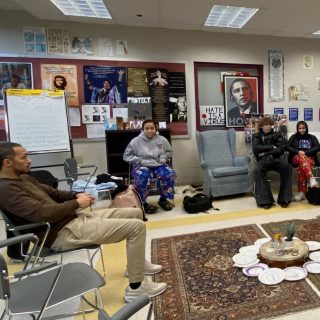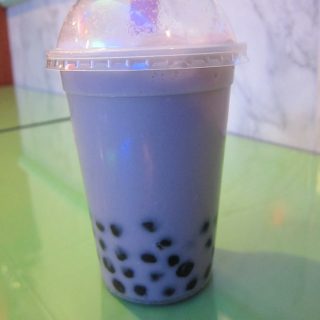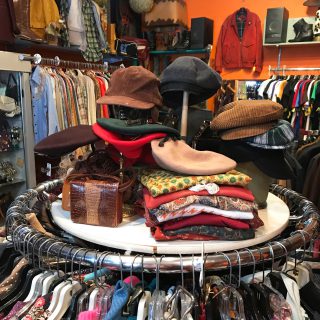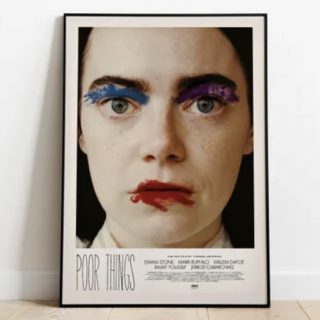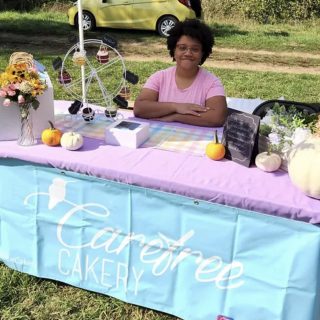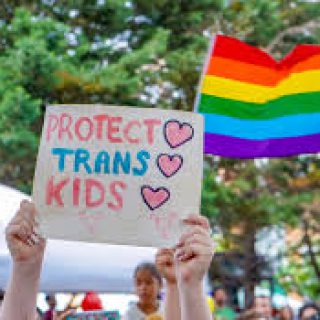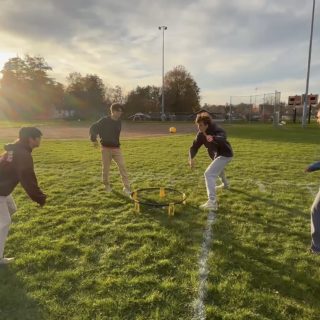Fiber Arts class a haven for creatives
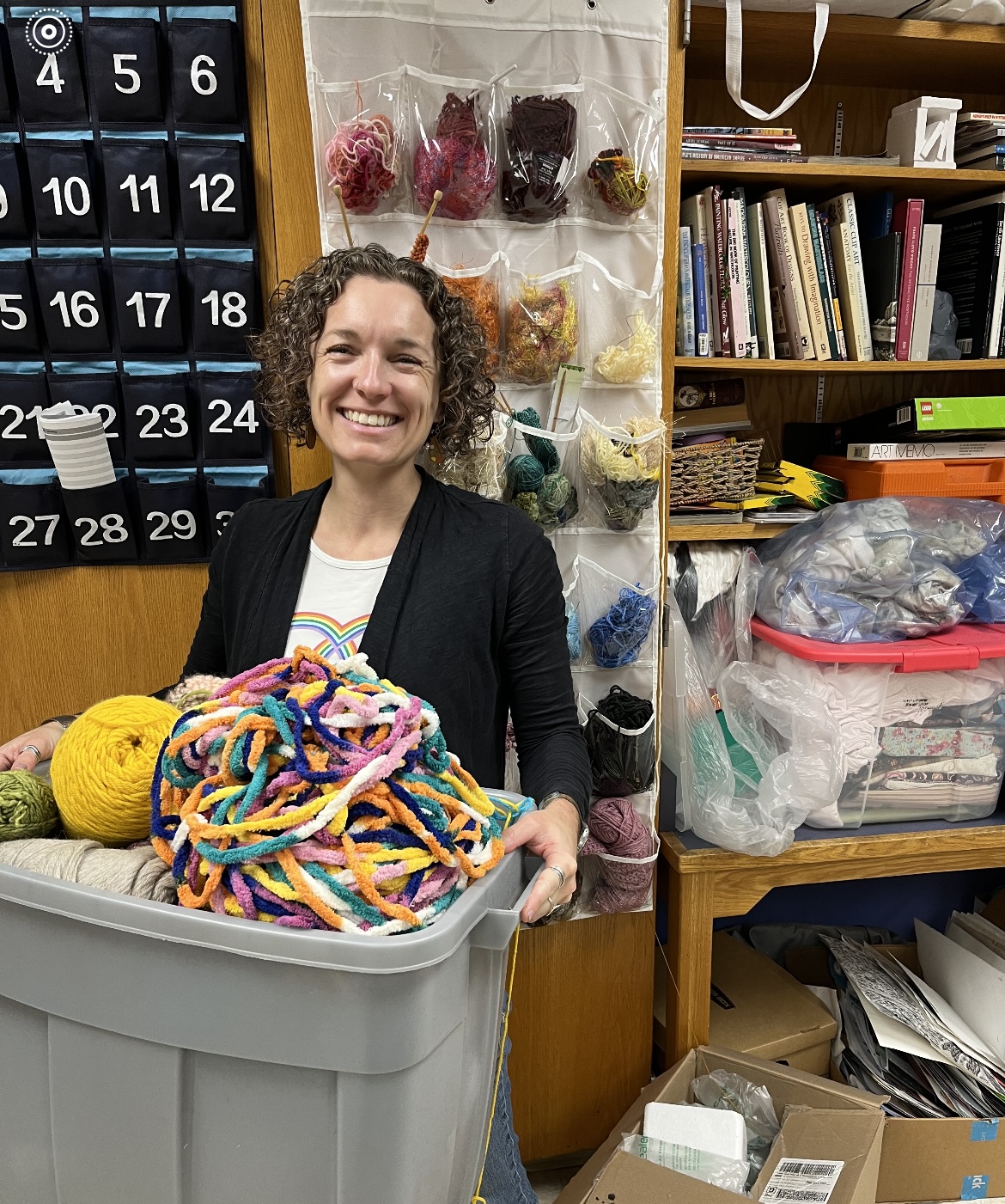
Walking into art teacher Kristen Ripley’s room, color is everywhere! Yarn, string, paint, art supplies. It’s a welcoming, creative space that many students look forward to entering each day. Projects from past years adorn the walls and it’s clear that Ripley loves what she does.
Last year, she introduced a new course to ARHS, Fiber Arts.
“Fiber Arts is something that is passed down from generation to generation, person to person,” she said. Ripley also said it has historically been an important life skill—a way to make clothing or decorate your home and space and keep warm.
Ripley shared that she created this course because, to her, it was “related to childhood arts and crafts which for many people bring comfort and happy memories,” and other art courses were missing 2D and 3D art components, so “this was a way to bring that in.”
Ripley has been teaching for 19 years, but locally, she started at ARMS in 2017, and then moved to ARHS two years ago, in 2021. Students were thrilled to see a familiar, kind face and have the opportunity to work with her and learn from her again.
Senior Tyler Schwartz remembers his time with Ripley fondly from middle school.
“She was always a super nice teacher and a trustworthy adult to talk with at school,” he said. “For example, she would always let me come down and make tea and check in if I was having a hard day back when I first had her in middle school. I’m really glad she is here at the high school.”
Fiber arts is related to childhood arts and crafts, which for many people brings comfort and happy memories.
KRISTEN RIPLEY
In the Fiber Arts course, materials used can be natural or synthetic. These can include string, rope, yarn, or other natural materials. Students learn skills through Four Units: embroidery, wearable sculptures, soft sculptures, and bookmaking or collage.
Ripley takes care to teach about the significance of these activities as well as techniques to complete projects. For example, in the embroidery unit, students learn about different stitches to add dimension, depth, or contrast to their pieces. Last year, students completed self-portraits in the embroidery unit.
Ripley said she is grateful to many staff and community members who have donated supplies, some coming from social studies teacher Tom Fricke’s wife’s quilting group.
This class often has a wait list and many students look forward to taking it. Students come with a range of experiences and familiarity with techniques. This mixed with creative ideas and energy can bring lively class environments where students can help and connect in such a different way than in other classes.
Ripley noted there are some challenges that she has experienced teaching this course, namely space. She indicated that storage can be a problem.
“I’d like to add more projects that are larger in scale and can allow more students to collaboratively work together at the same time,” she said. “With minimal space and storage, this isn’t possible right now, but hopefully this is something that I and my students can advocate for in the future.”
Ripley also noted that she can only offer so many Fiber Arts classes because of all the materials she needs and has balanced her course offerings with courses that have fewer materials and storage needs.
Students said they loved the class, especially the projects and the personal relationship they built with her during their time in her class.
“I earned so many technical skills while taking Fiber Arts with Ripley,” said senior Shayna Hayashi. “She fosters a love for projects and builds personal relationships with all her students. She taught me new skills and encouraged me. I really enjoyed the experience.”
Ripley said she loves that students learn technical skills that can become “a lifelong hobby or interest or perhaps the start of a career path.”

